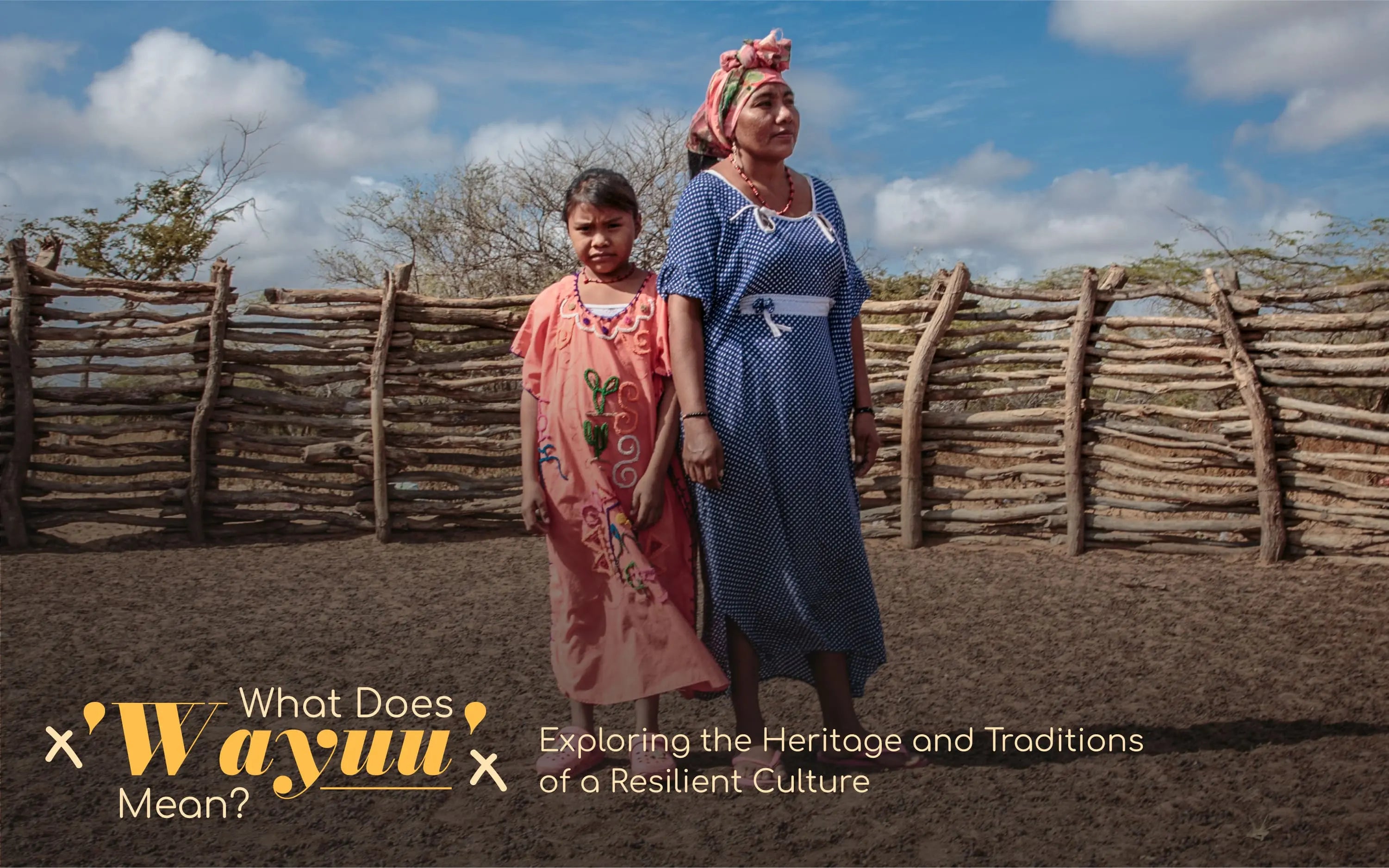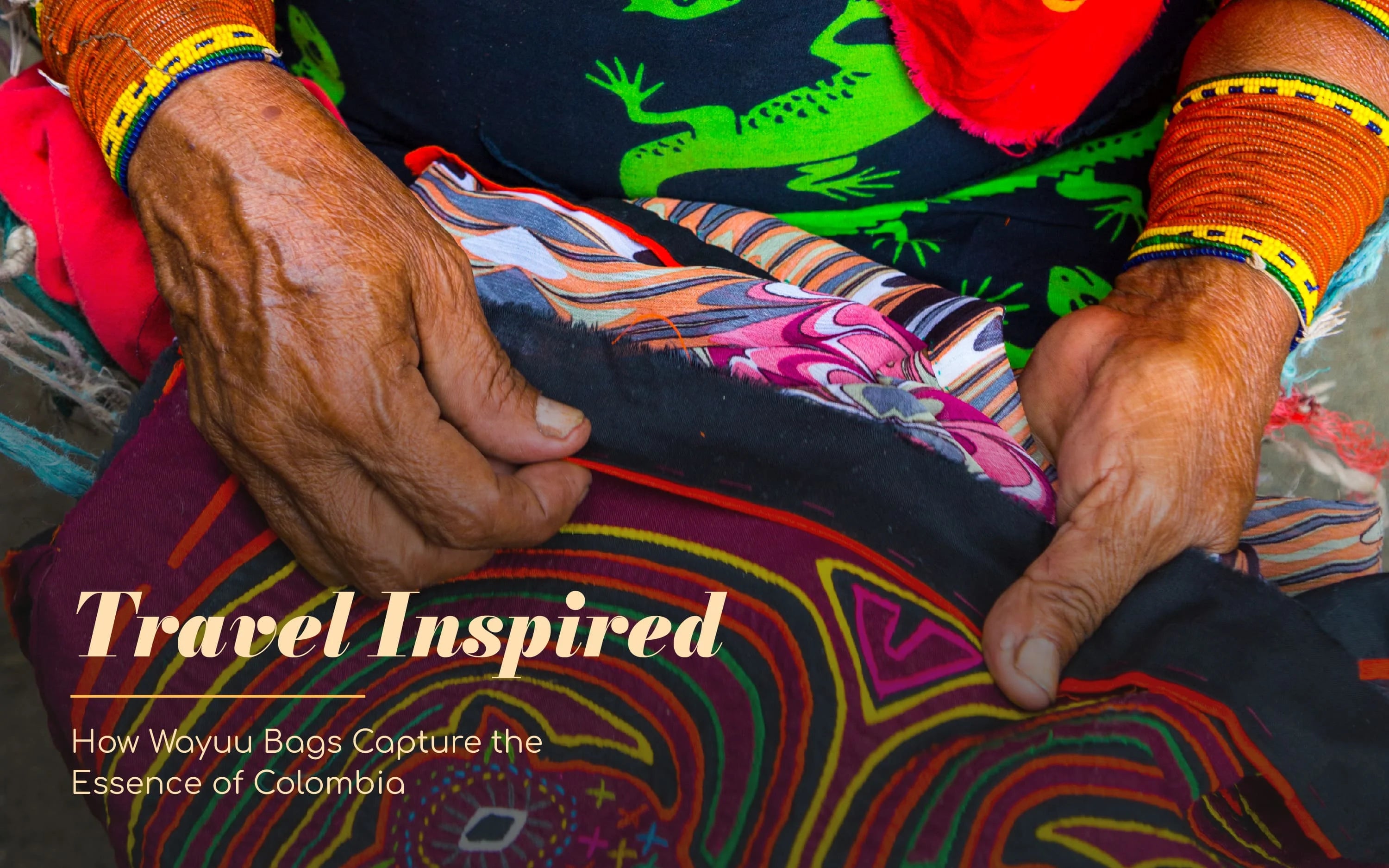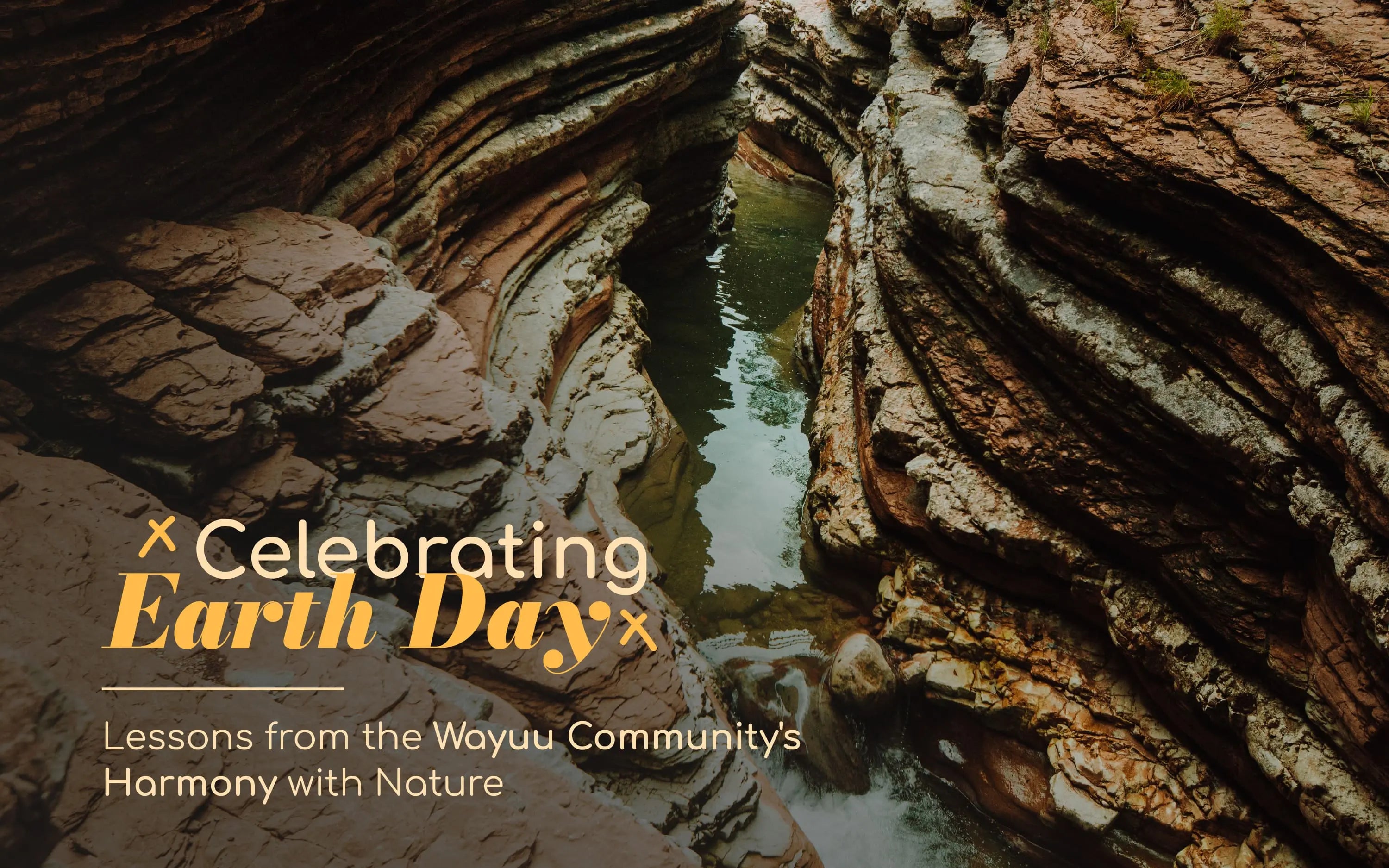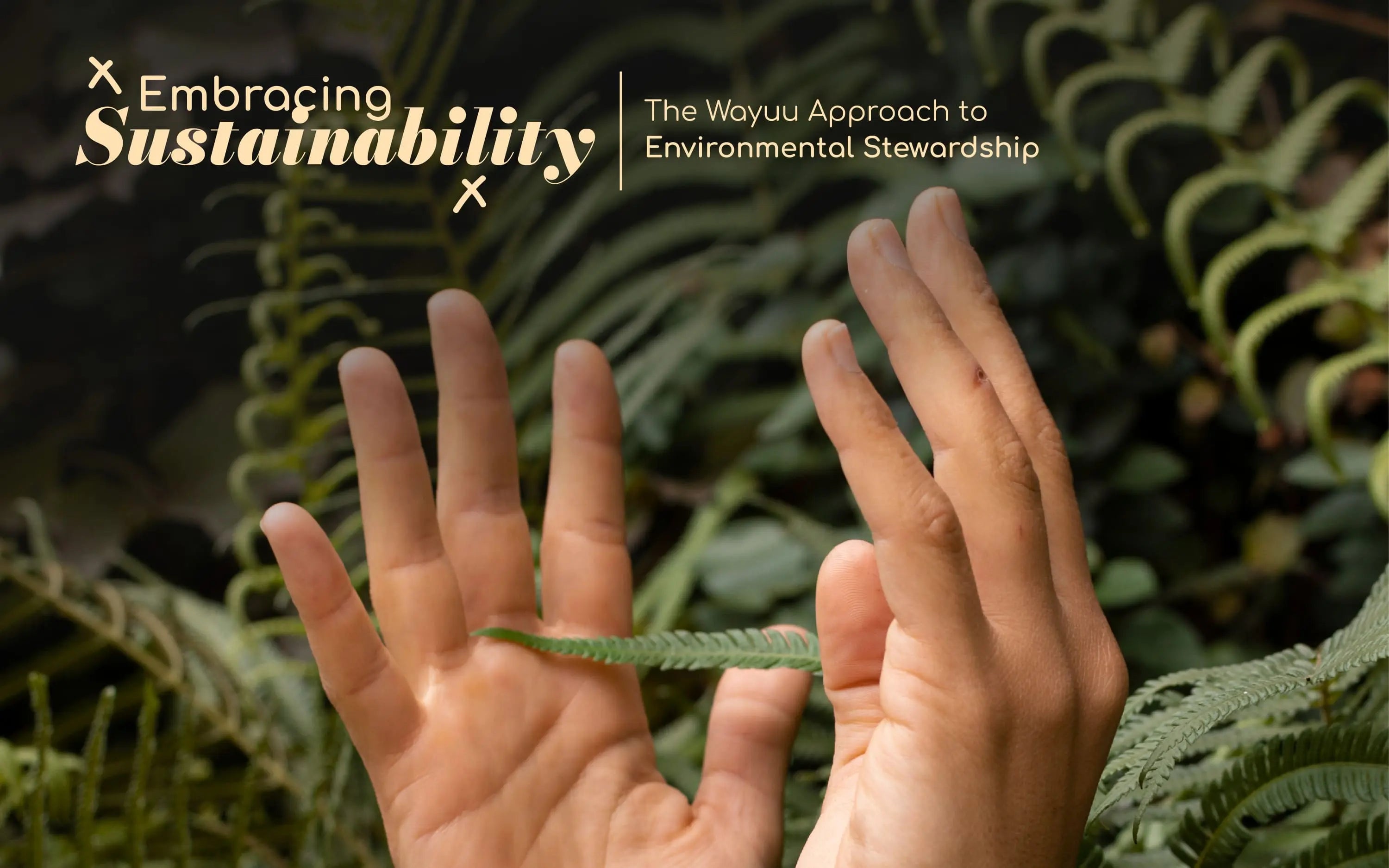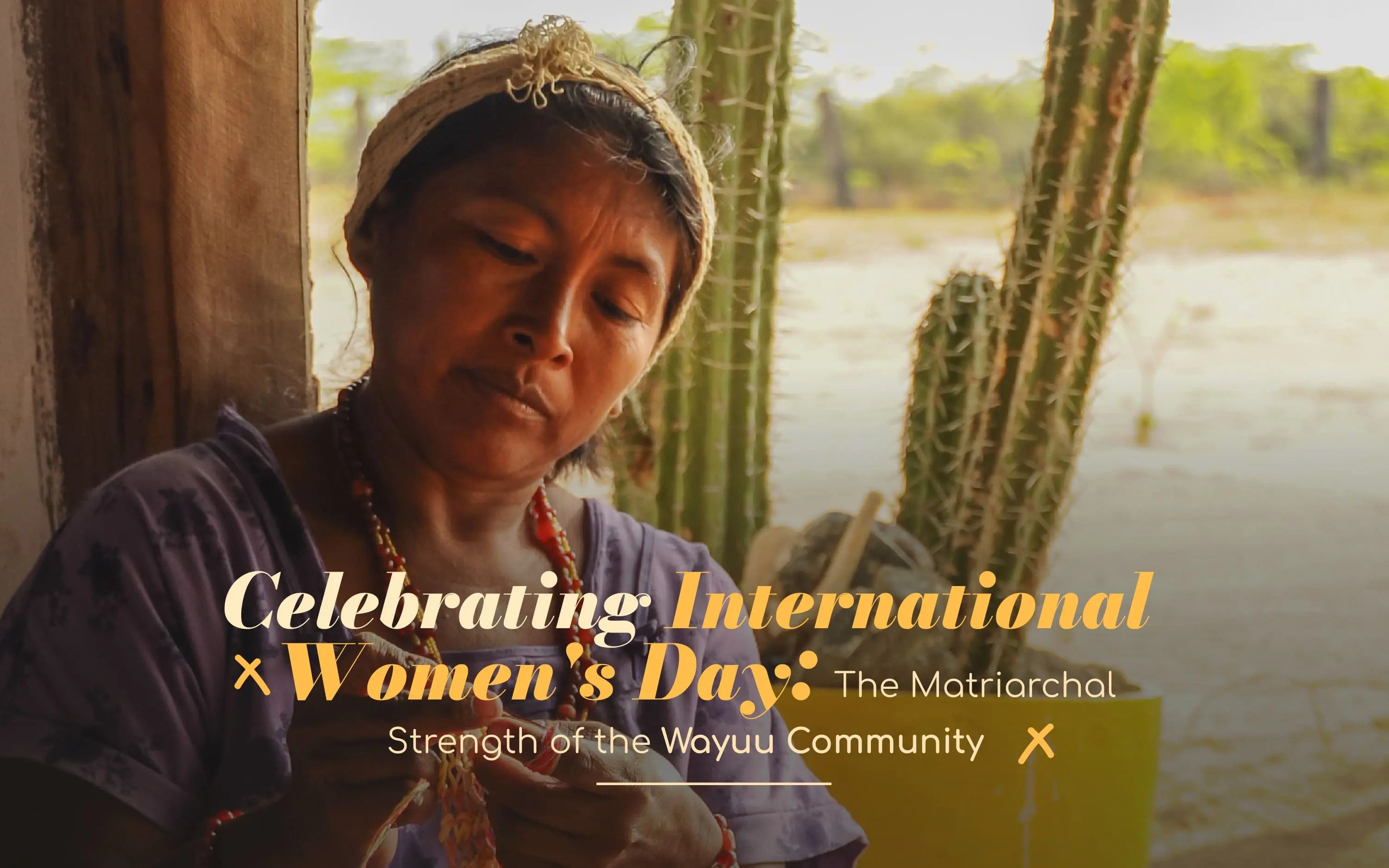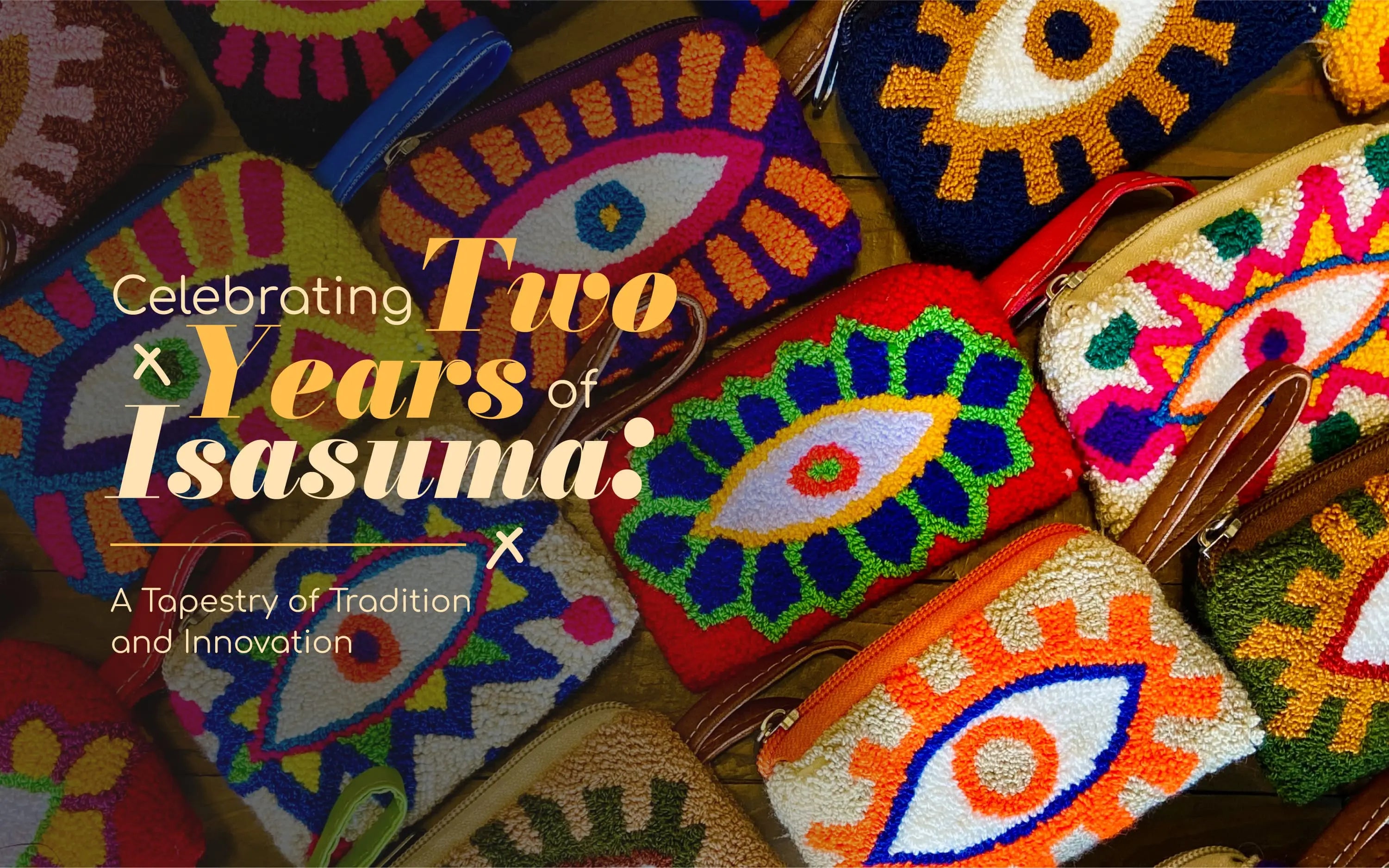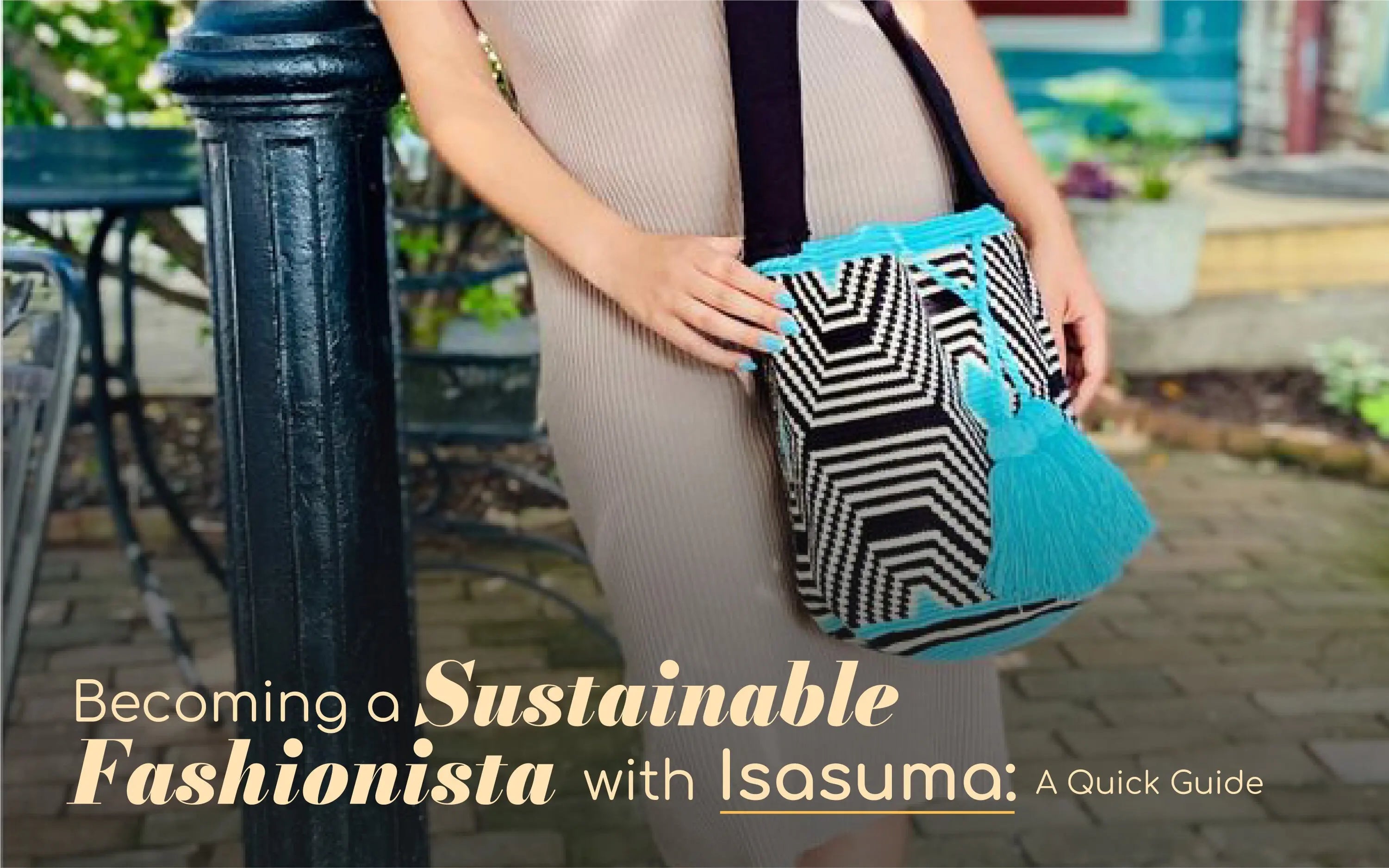The Wayuu people, a term that translates to 'person' or 'people', are more than just an indigenous group in Colombia's northern region of La Guajira; they are the living embodiment of resilience, tradition, and a unique social fabric that has withstood the tests of time and history.
Historical Context:
Dating back to 150 BC, the Wayuu were among the first settlers in La Guajira. Known for their indomitable spirit, they successfully resisted conquests and invasions until the early 19th century. Today, as Colombia's largest indigenous tribe, they enjoy governmental protection, ensuring the preservation of their ancestral lands, economic development, and the safeguarding of their cultural identity and civil rights.
Wayuu Social Organization:
The Wayuu community is distinguished by its matrilineal social structure. Society is divided into territories and clans, each grouped into ranches. This organization underscores the deep-seated respect for lineage and land, integral to Wayuu identity.
The Pivotal Role of Wayuu Women:
In Wayuu culture, women are the fulcrum of society, holding roles of social, political, and property control, and are the custodians of their children. Revered as superior beings, Wayuu women's matriarchal authority shapes their social structure. They are celebrated as creators of their economy, primarily through their expertise in Wayuu weaving and ceramics. They also bear the responsibility of imparting Wayuu customs and are considered spiritual and natural medicine experts.
Wayuu Men: Their Role and Contributions:
Wayuu men engage in daily activities like grazing, hunting, and farming. Polygamy is practiced, contingent upon the man's ability to support multiple families. They also craft their sandals and hats, essential for protection during long hunting days.
Wayuu Housing: Rancherías:
Wayuu houses, or rancherías, are built with durable materials like palm sheets, vegetable fibers, and yotojolo (a local cactus). These structures, designed to be open for airflow, typically include a wood stove, a bathroom, and a communal area. The tranquility of resting in hammocks, experiencing sunsets and the scent of roasted goat, is a quintessential aspect of Wayuu life.
Territorial and Clan Division:
The Wayuu divide La Guajira's territory based on land characteristics, each with its unique symbolism, differing from the state's tripartite division. They are organized into 30 clans, each represented by a totemic animal, defining their history and ancestry.
The Wayuu culture is a fascinating tapestry of traditions, beliefs, and practices that have not only survived but thrived through centuries. Understanding their way of life offers a window into a world where the past and present coexist, where each element – be it social, economic, or spiritual – is interwoven with profound meaning and respect for the natural world.
We invite you to explore and learn more about the Wayuu culture and their exquisite creations, each a piece of history and heritage crafted with care and reverence.

